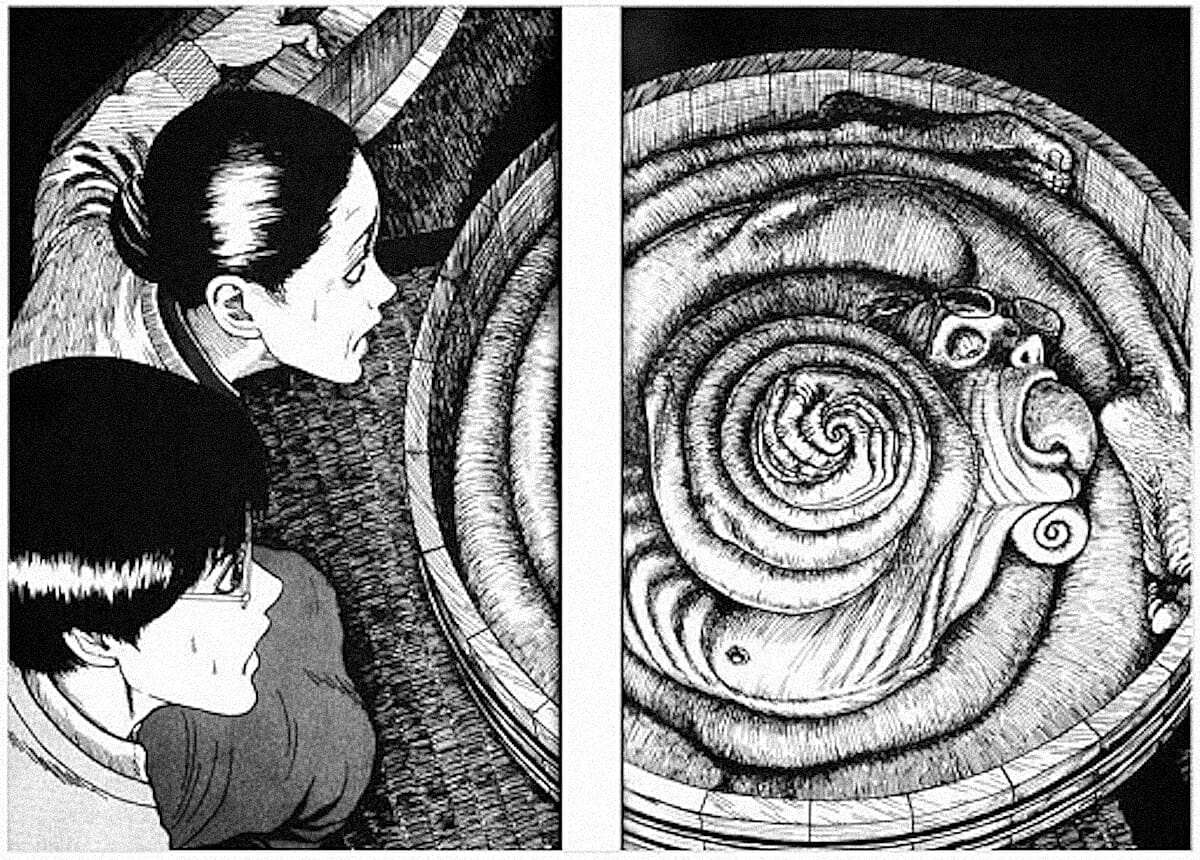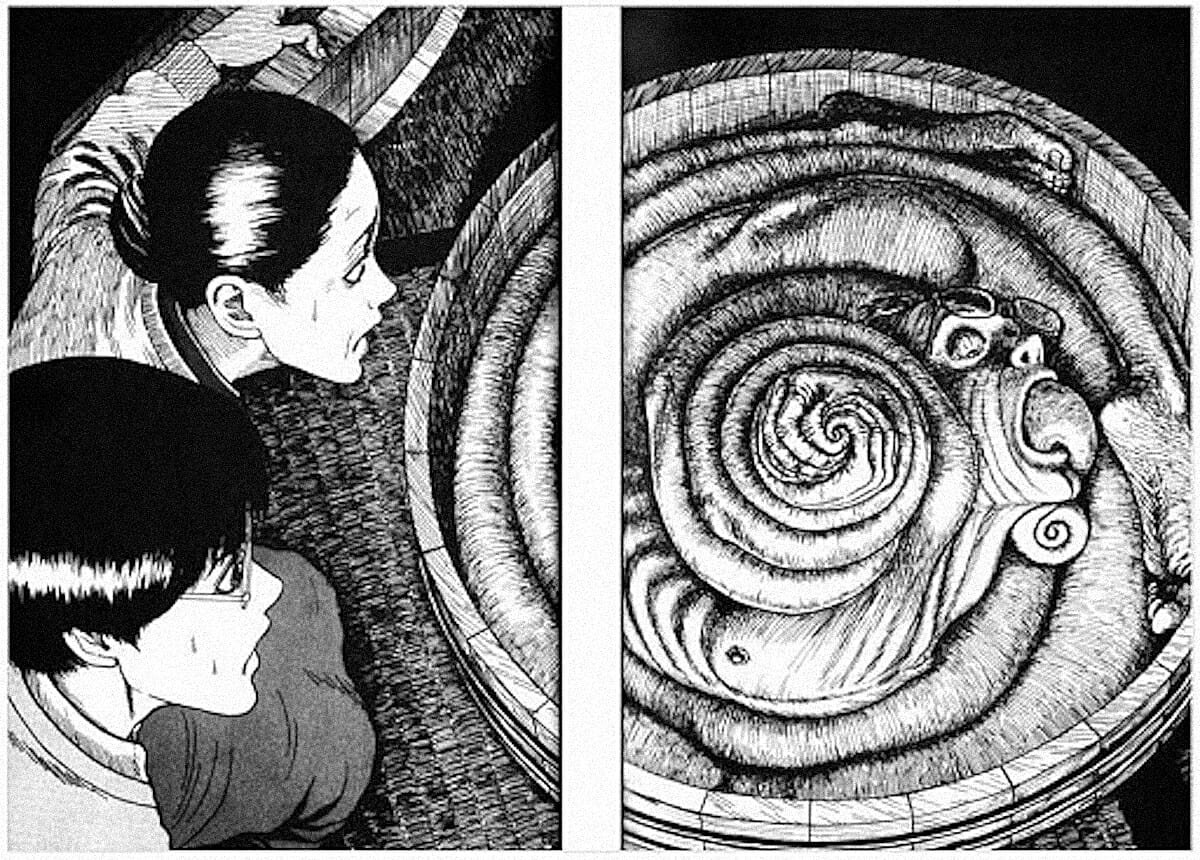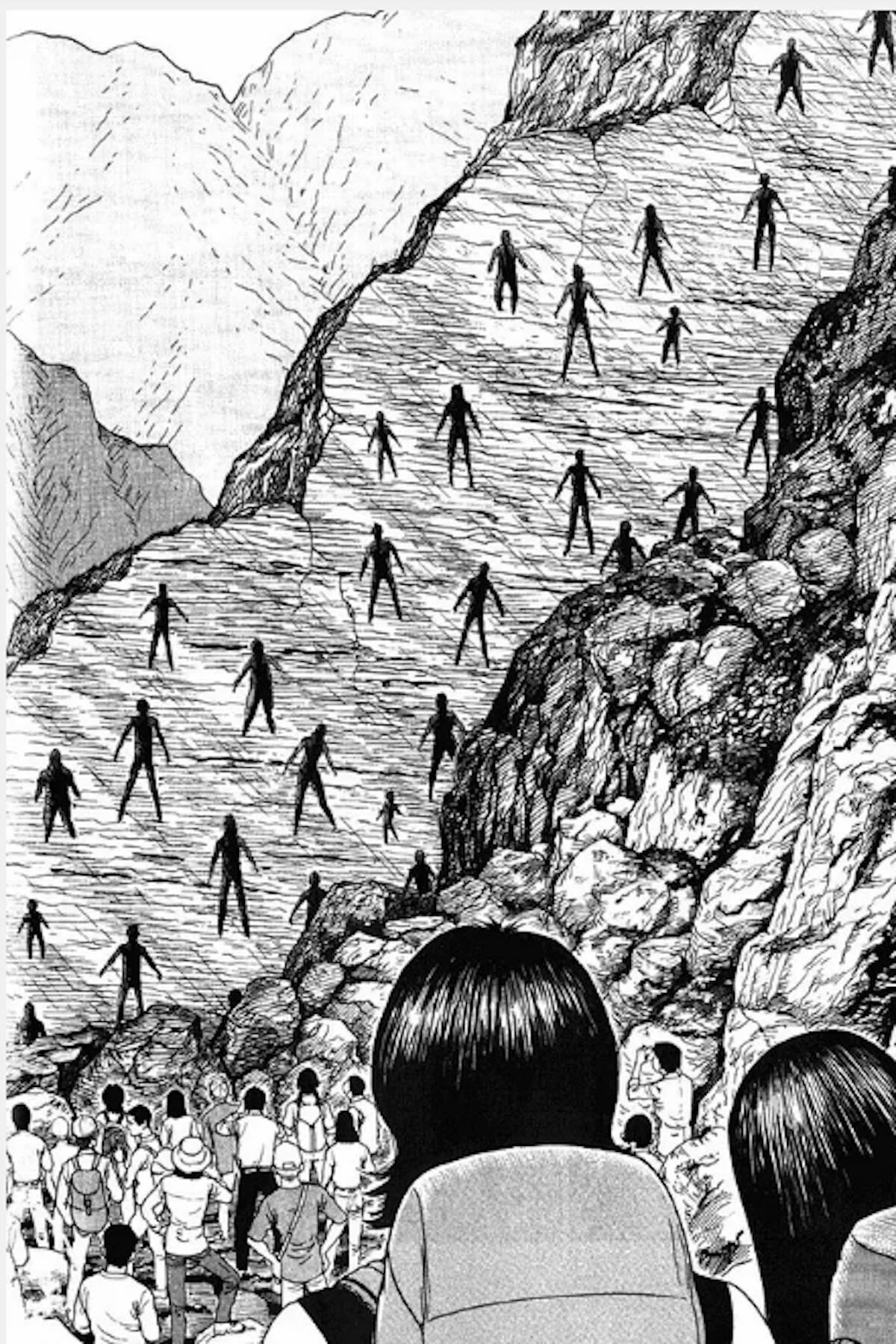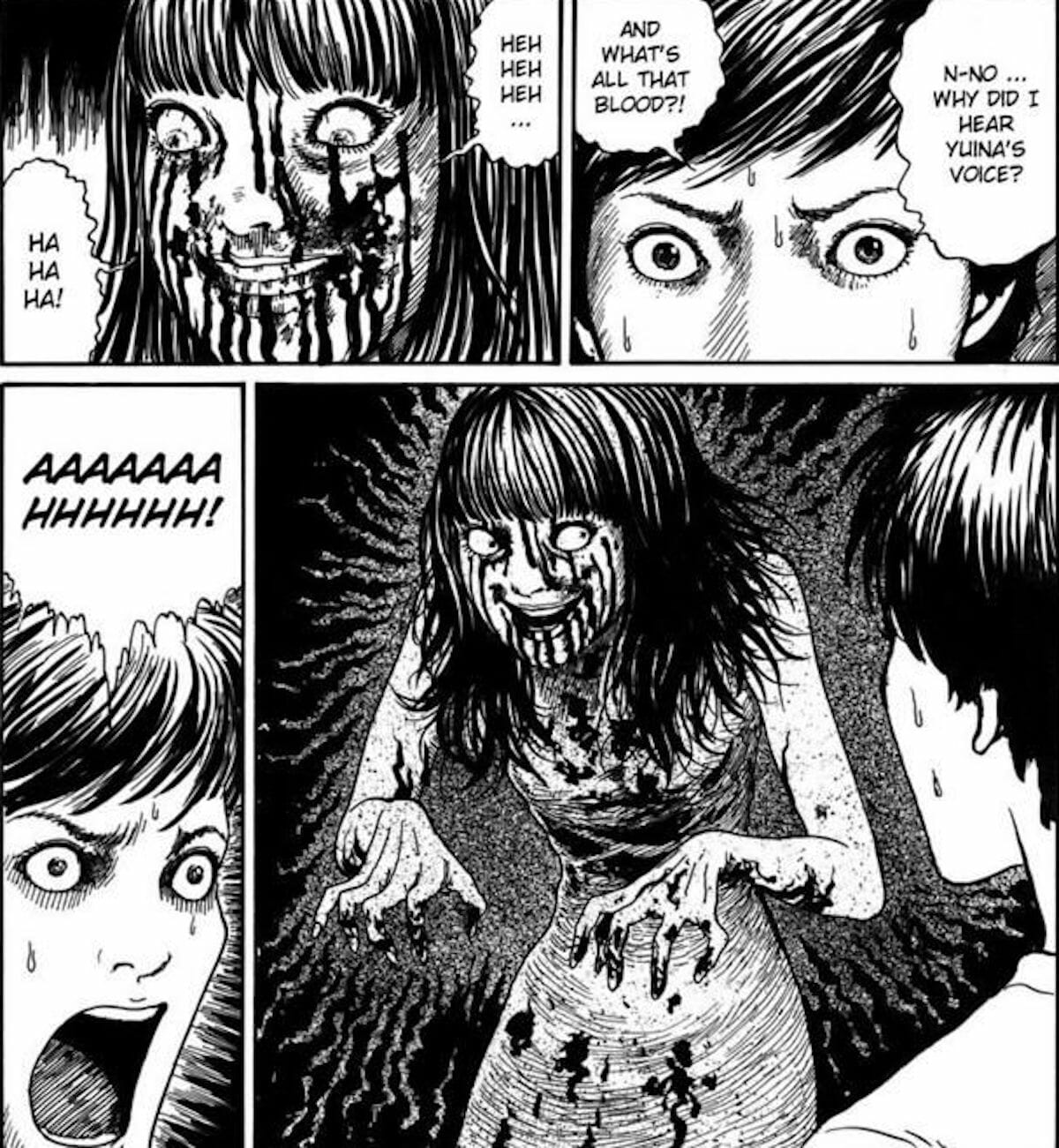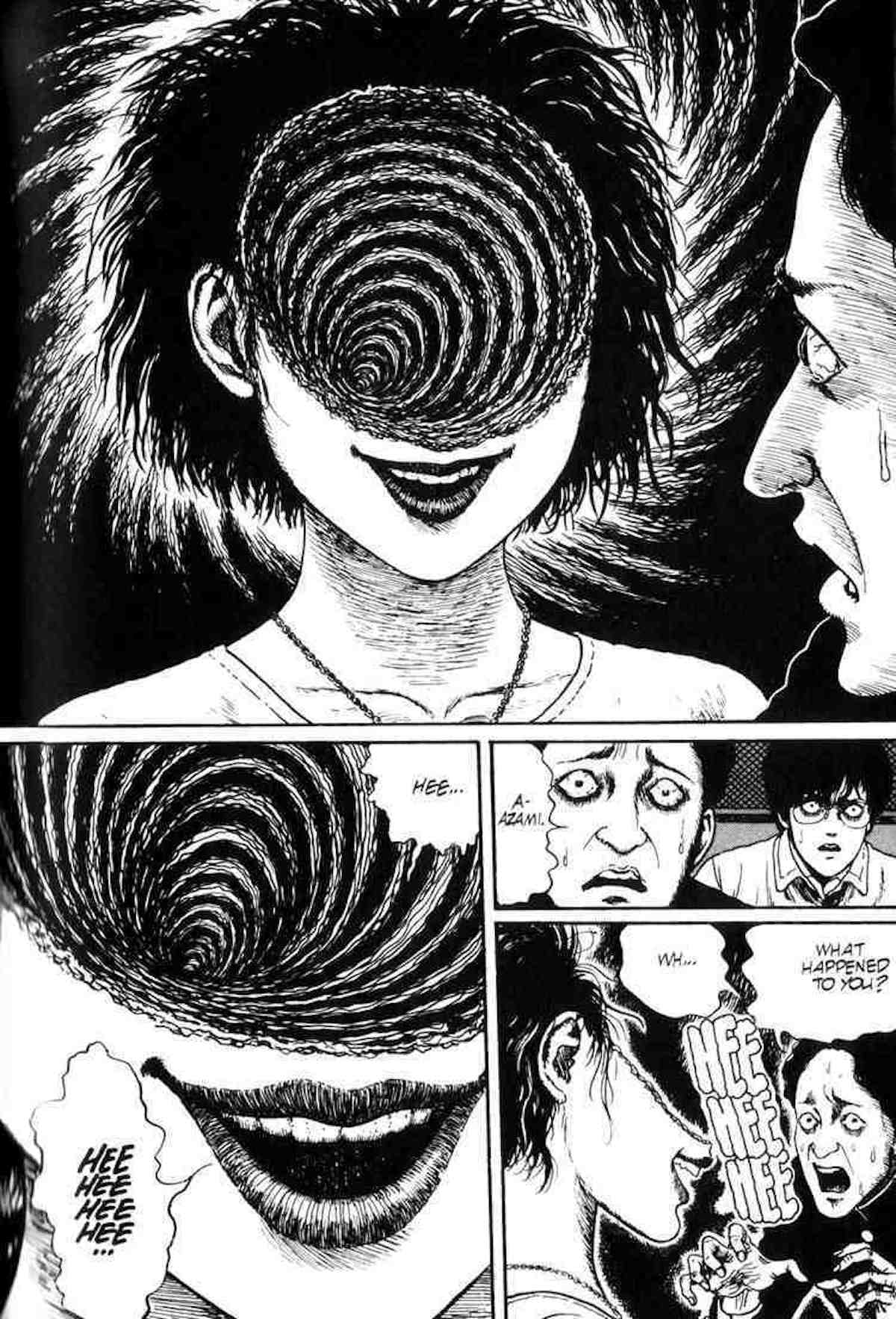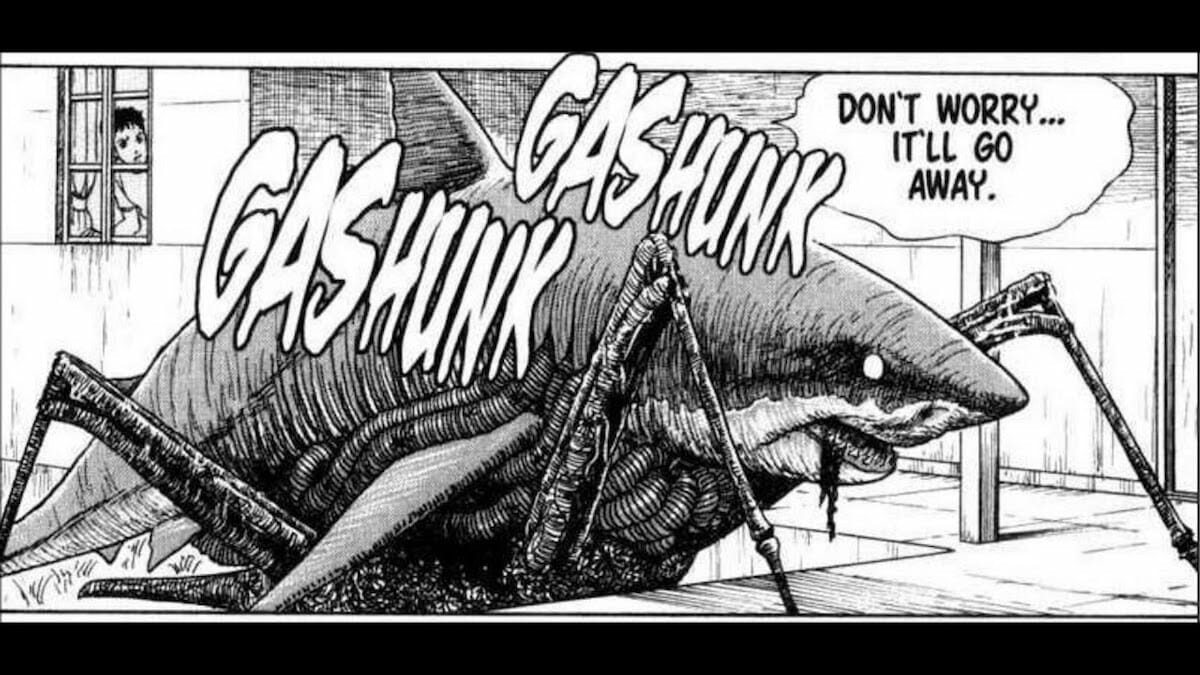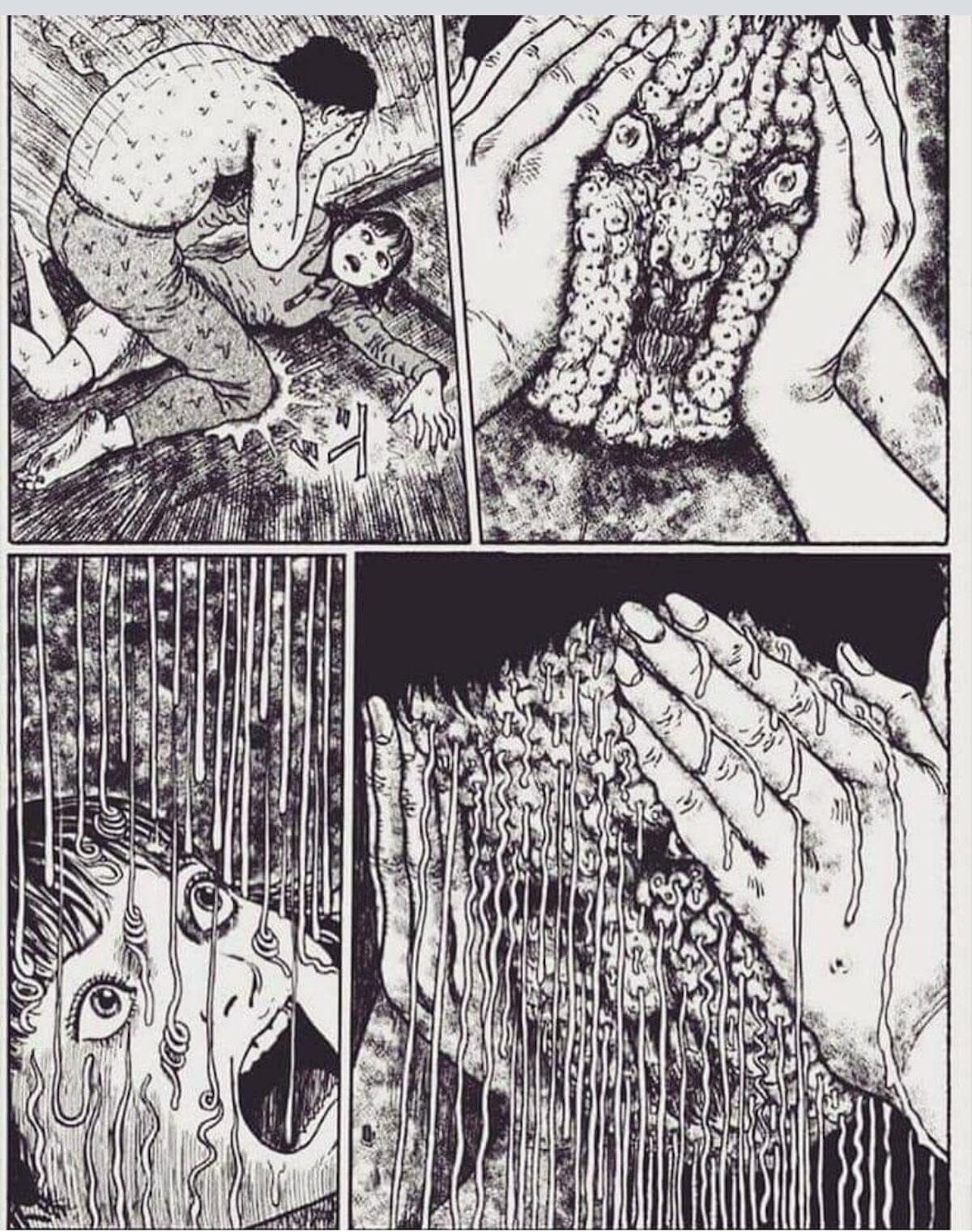The embrace of anxiety and discomfort in horror comics has come in many forms over the years with a vast array of horror stories titles becoming increasingly popular. Famed mangaka Junji Ito’s creations, however, are arguably something even outside the realm of what even the most seasoned horror-manga readers are expecting. Drawing not just on a universal fear of monsters, though there is plenty of that as well, in its way, Ito is best known for turning into familiar anxieties — such as familial responsibilities, the ever-tugging pull of desire, and, perhaps the most horrifying of all, the idea that there are factors within our minds and our bodies that we are compelled to carry out and have no control over — into images on a page that are guaranteed to make anyone’s skin crawl.
The concept of body — even spiritual — horror is not far away from the influences that Ito has cited for his work. With inspiration taken from cosmic horror writer H.P. Lovecraft and surrealist author Yasutaka Tsutsui, as well as fellow horror manga creators Shinichi Koga, Kazuo Umezu, and Hideshi Hino, it’s hard not to see where the culmination of decades of surreal, and often painfully scary, ideas that transcend the genre of horror manga have come from.
When you inevitably begin looking into the work of Junji Ito after reading this (if you haven’t already), you will notice two very distinct things: first, that almost all of his illustration is in black and white — which is traditional for manga artwork — and secondly, that the focus of his work lies primarily on the faces and bodies of average, everyday humans that are… not quite so. Rendered simply but in fine detail with black ink, his characters are often pale-skinned and lifeless looking, almost dehumanizing; a purposeful choice on behalf of Ito, who is otherwise known for the level of intricacy used to portray his characters. With that intricate simplicity and lack of color, however, comes a whole new focus for readers, whose attention are much easily drawn to the horrifying changes that occur within the characters over time — most notably, Ito’s gift for emphasizing the eyes in an unsettling way.
The crossover between traditional monster-based horror and scares rooted in everyday occurrences is where the real horror lies in Ito’s art. Marrying an anxiety of the unknown in the supernatural with what feels like the inevitability of body horror with deformed, increasingly grotesque versions of the human form, many characters that begin as pleasant figures often find themselves left only once-human by the time Ito is done with them. Whereas in western horror in particular, body horror is often marked by a parasitic growth becoming a monstrosity, or acting as a host before death, Ito seems to relish in the slow burn of psychosis that warps the mind before beginning to reshape the body. Even then, each form is created less in the image of a monster and more that of a human that was compelled to become a monster on their own deranged accord.
A good example of this is also one of Ito’s most well-known chaptered works, Uzumaki, which tells the story of the town of Kurôzu-cho that is slowly becoming obsessed with spirals; a pattern that begins to warp minds and countless numbers of barely-human bodies.
Another example of Ito’s gift of body horror comes from The Enigma of Amigara Fault, where an earthquake reveals holes in the side of a mountain that are all shaped like bodies. People from all over Japan feel compelled to come to the mountain, convinced that one hole or another is shaped specifically for their body. The result is one that is — needless to say — not some beautiful fit of human and nature, but a disturbing and disfiguring obsession created by unseen forces.
This brings us to the secondary reason why Ito’s brand of horror manga has found itself so successful among the horror crowd in this era of manga: the fears and anxieties surrounding responsibility, mental stability, and the pull of unsettlingly primordial compulsions.
With many stories in traditional Western horror, the concept of madness is one that is utilized to the point of exhaustion. Between movies, TV shows, and comics, the idea of “going mad,” or being influenced by an unseen, undiagnosable, or unexplained external force is, to be polite, hardly under-explored. Harkening back to one of Ito’s own influences in H.P. Lovecraft, even the idea of losing one’s agency against the powers of the cosmic is over a hundred years old at this point. So, what is it about Ito’s work that makes insanity so much more than the idea of losing one’s mind? Perhaps what it really comes down to is the level of engagement with the readers’ sensibilities.
Much like his views on depicting body horror, Ito has a trend in his more psychological pieces of using the concept of moving beyond being human in a way that is as disturbing as it is, surprisingly, unnervingly close to home. Drawing on things like upholding responsibilities in a family — such as in My Dear Ancestors where a young woman meets her boyfriend’s family, only to find some truly macabre attachments that come from being in the family — upholding the desires of others (Dissection Girl, where eroticism meets surgical precision), and, sometimes, the anxiety in witnessing the absurd, as in the story Gyo, where sea creatures invade land on mechanical legs.
Regardless of how it happens, many of Ito’s characters find themselves prey to the darkness of insanity, crossing into an existence that is more horrifying than any reality we know, rendering them — whether through mind or body — just barely hanging on to the simple concept of being human. Such horror is rarely achieved through the usual means of monsters, demons, and other non-human outside forces in Ito’s work, either, instead coming from something much more sinister and godlike, making the panic, pain and struggle something that is all the more anxiety inducing and inevitable.
Some might say that this version of horror is something far beyond the normal realm of horrific nihilism and predatory anxiety… and that’d be a fair assumption. Because the joy of Junji Ito’s work for the avid horror reader is exactly that: concepts just far enough removed to be a fleeting fear in the moment, and just familiar enough to the known unknowns to cause a lingering fear.
With the Halloween season looming, it’s time we take a step back out of the Western view of what horror is meant to be and sit down to gaze in awe at the tantalizingly surreal horrors of June Ito, who summed it up best himself in a 2019 interview: “There’s something fun in peeking into a world which exists outside of our everyday experience.”
